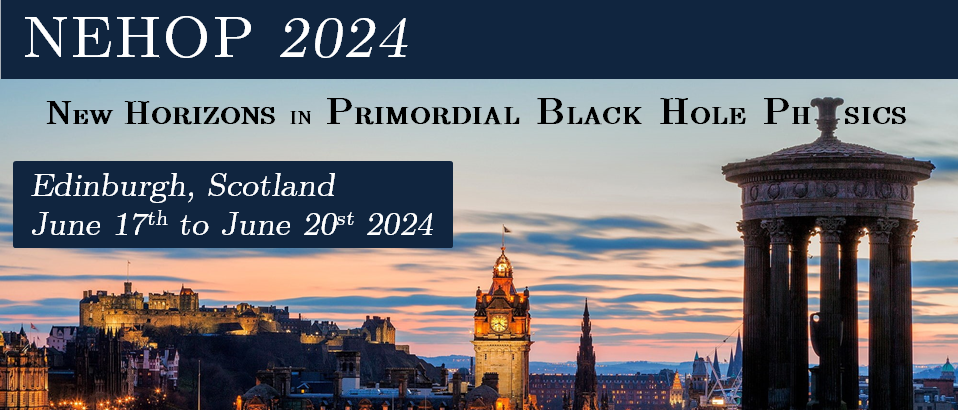Speaker
Description
The transition epoch between the end of inflation and the beginning of thermal radiation domination, known as ‘reheating’, remains as one of the fundamental open problems in Cosmology. During the earliest stages of reheating, the oscillating inflaton condensate is supposed to decay non-perturbatively (via parametric resonance) into other lighter bosonic degrees of freedom that are coupled to the inflaton. This period is termed as ‘preheating’. However, if the external couplings of the inflaton are weak enough, then the homogeneous inflaton condensate might get fragmented by strong attractive self-interactions to form quasi-stable solitonic objects, known as ‘oscillons’. We discuss the possibility of oscillon formation during the preheating phase of asymptotically flat inflationary potentials that are favoured by CMB observations. A detailed numerical analysis was performed to study the post-inflationary dynamics of asymptotically flat potentials using the publicly available lattice simulation code 'CosmoLattice’ for the relevant parameter range. Oscillons were found to be present for the entirety of the runtime of our simulations, comprising more than 40% of the total energy density. We also provide a thorough discussion on the formation and decay of oscillons in presence of an external coupling. Under certain circumstances, the oscillons can collapse to form copious amount of Primordial Black Holes.

